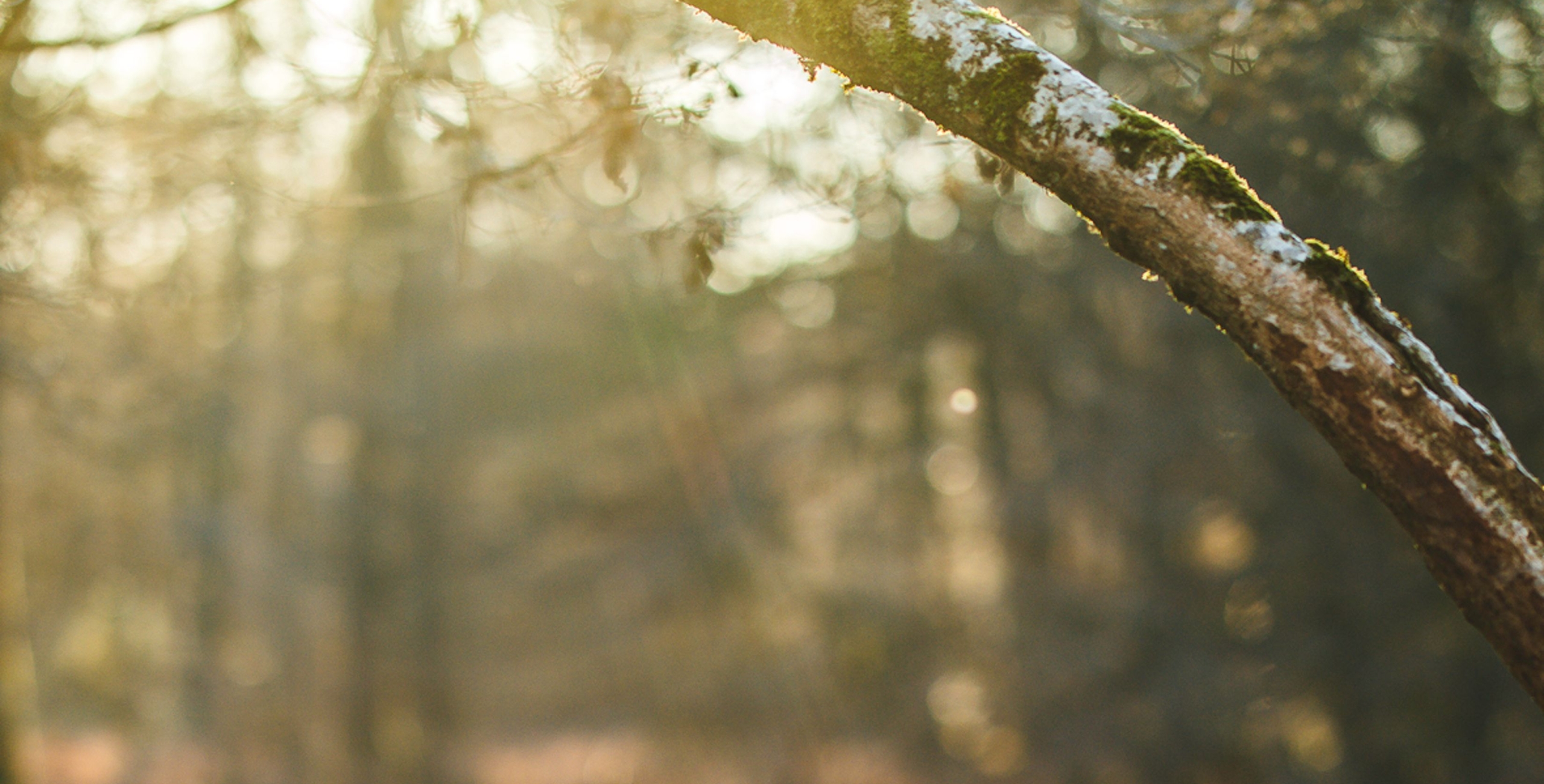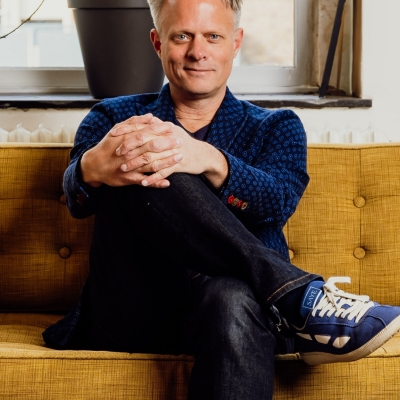Perspective on tourism
New perspective
The Zuid-Holland province requires a new perspective on tourism. This perspective was found during a meeting with cities, regions and branch and marketing organisations, organised by BLOC.Tourism is growing
Tourism is growing and flourishing. Globally, in the Netherlands and in Zuid-Holland. By 2030, the number of tourists arriving in the Netherlands is expected to have grown by around 50% compared to today. In 2017, tourists from abroad added EUR 28.3 billion worth of value to the Dutch economy (4.3% of the Gross National Product). That is well above the industries of agriculture, oil and gas, about as much as construction and just a little bit less than the financial industry (figures: CBS). The leisure industry offers 640,000 jobs in the Netherlands. It contributes to a positive image for the Netherlands, residential and professional attractiveness, well-being, cultural cohesion and the quality of facilities.
Ambition: by 2030, each resident of Zuid-Holland will benefit from tourism
This context alludes both to the opportunities and challenges facing Zuid-Holland. How do we capitalise on tourism as an economic driving force, while preserving elements such as the quality of the living environment and facilities? This proved to be the primary result of the work session with industry representatives held on 20 September: by drawing an explicit relationship between tourism growth and a number of other social and economic goals. And by linking tourism directly to how the residents of Zuid-Holland can benefit from it. That can be achieved with a bold ambition: each resident of Zuid-Holland will benefit from tourism by 2030.
There are four different ways of achieving this:
1) Tourism stimulates employment opportunities in Zuid-Holland, especially for the more vulnerable part of the demographic.
2) Tourism helps maintain or develop facilities (i.e. museums) which also benefits the residents of Zuid-Holland.
3) Tourism has a positive impact on the ecology and sustainability of society, for example because resources generated by tourism can be deployed for nature and landscape maintenance or it can make (the infrastructure of) electrical mobility profitable.
4) Tourism contributes to the identity of Zuid-Holland or cities, nature reserves and icons of Zuid-Holland.
Strategy
In order to accomplish this ambition, the participants in the work session identified the points of attention for the coming years. Firstly, making better use of tourist attractions – such as Werelderfgoed Kinderdijk and the Keukenhof – is an opportunity to tap into the positive effects of tourism. The National Parks: de Hollandse Duinen and NL Delta (Biesbosch-Haringvliet) play a central role. Then, we focus on the cities with their distinguishing cultural (historic) features (such as Leiden, The Hague, Delft, Rotterdam, Gouda and Dordrecht. The cities can be used as hubs for strengthening the level of facilities within the city and their surroundings (through urban-rural connections). Another point of attention is strengthening the elaborate and intricate cycling and boating network between those cities and the surrounding natural environment. In addition, story lines, theme years and districts are better profiled internationally. Consider Cheese Valley as a concept set to connect part of the Groene Hart. And story lines such as Netherlands Waterlands, Flowers and the Golden Age. And finally, promoting sustainable tourism constitutes an important pillar. Consider increasing the ecological value of destinations, for example by using circular materials in buildings, organic catering and renewable energy. And reducing CO2 emissions of tourism transportation.
The results of the meeting will be translated by BLOC to a vision for shaping the new tourism policy of Zuid-Holland.


